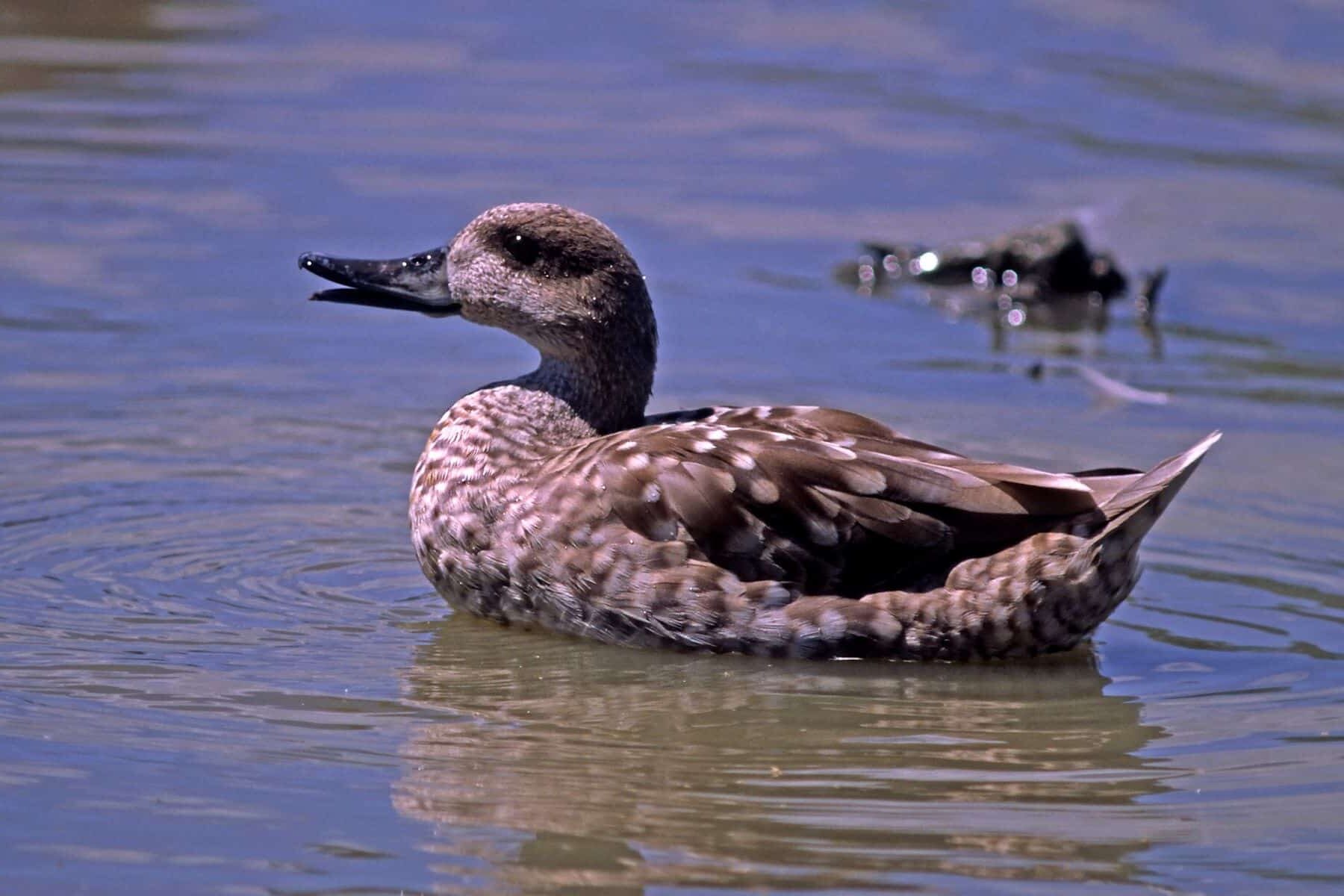The Cerceta Pardilla is one of the seven species in a critical situation in SpainAlthough it was until the mid -twentieth century in the Mediterranean coastal laws, especially in Doñana, but the drastic decrease in the past decades it places with an imminent risk of extinction.
The number of reproductive couples in Spain, which is almost their only distribution place in Europe, was in 2020 in 74 couples and with a clear trend in regression. The loss and relegation of Habitat is the biggest threat and endangers the survival of the species. The Wetlands suffer on the impact of drought, pollution, proliferation of artificial barriers and other threats caused by human activities.
He Life Cerceta Pardilla program is confronted with the last year of performance in 2025 With the aim of continuing to achieve the results in the project and to consolidate the progress that has been achieved to date for the preservation of the species and its Habitat, the Wetlands. And their results, which began to be promising, are really encouraging and positive today.
Pardilla closure recovery
The Pardilla Cerceta reproduction (Marmaronetta Angusther) has reached a record figure with 130 Polladas over the past 20 years (Sighs accompanied by chickens) and 806 chickens born in 2024, according to the most recent data from the type of working group.
Coordinated by The General Directorate Biodiversity, Forests and Desert Forming of the Ministry of Ecological Transition and Demographic Challenge (Miteco)With the data provided by the autonomous communities of Andalusia, Castilla-La Mancha, Catalonia, Valencian community, Balearic islands, community of Madrid and Murcia region.
There are 55 couples more than registered in 2023, which represents 73%growth, and almost double chickens. It is a hopeful increase in the trend of the restoration of this duck cataloged in critical danger of extinction in Spain and the most endangered in Europe.
This figure also allows it Outrufed the goal of 125 reproductive pairs for the Life Cerceta Pardilla project “Coordinated actions for the restoration of the researcher Pardilla (Marmaronetta Angusther) in Spain ”, which coordinates the Biodiversity Foundation of the Miteco.
This initiative, which ends in December 2025, It has developed different actions for four years to reverse the risk of extinction of the speciesIncluding the improvement of the conservation status of more than 3000 hectares of wetlands, an essential habitat for surviving the researcher Pardilla and many other species.
The last CIPlaying Cerceta Broads are the highest since 2004 and The general upward trend observed since 2021 has continued, despite the existence of rejected years with a lower productivity level. The number of chickens has also risen and creates a maximum since 2024, compared to the other higher recent data, 740 in 2022.
By autonomous communities, Andalusia is the one with the most reproductive pairs: 101 with 618 chickens. It is followed by the Valencian community with 21 couples and 139 chickens; Balearic islands with four couples and 28 chickens; Castilla-La Mancha with two couples and 10 chickens; The community of Madrid, with a few and two chickens, and the Murcia region, with a few and eight chickens.
It should be noted that in the latter autonomous community Reached the first reproduction of this species since 2008, when it took place in the Laguna de Las Moreras, in Mazarrón.
The hydrological conditions in the vicinity of the Bas Guadalquivir, With abundant spring rains that have improved the levels and quality of water in numerous wetlandsThey have preferred the reproduction of the species. On the other hand, a new year of water shortage and a shortage of favorable places for the reproduction of the species, as happened in 2023.
In the Hondo Natural Park, in the Valencian community, the purchase, by the Segura Hydrographic Confederation, took place in 2024, van de la Raja farm in the context of life Cerceta Pardilla.
This farm, added to the El Espigar Estate, previously purchased by the Anse and SEO/Birdlife organizations, are a total of a total 141 hectares of Wetlands for preserving the species in one of the priority enclaves for their survival. This year they raised four women in the reserve researcher Pardilla thanks to the habitature recovery actions that have been carried out in the context of life.
The breeding season of the year 2025 It benefits from exceptional hydrological conditionsAs a result of which the consolidation of the positive trend in the reproduction of the species is possible.
Breeding in captivity
Parallel to the good reproduction data of the species, The breeding program of imprisonment, thanks to the coordination of all partners, made the release of 3,042 people, the triple of the provisions of the Life Cerceta Pardilla project.
A total of 95 of these specimens are equipped with devices for satellite monitoring and improve the knowledge of their movements and threats. Moreover, more than 100 nest boxes have been installed to encourage reproduction.
There Life Cerceta Pardilla Project participates as partners the ministry itself, by the hydrographic confederation of Segura and Tragsatec; De Junta de Andalucía, by the Ministry of Sustainability and the Environment and the MP Environment and Water Agency
As well as the Generalitat Valenciana, by the Ministry of Environment, Infrastructure and Territory; The autonomous community of the Murcia region, by the Ministry of Environment, Universities, Research and Mar Menor, as well as the Spanish society of Ornithology (SEO/Birdlife) and the Association of Naturalists of Southeast (Anse). It has The contribution of the Life Program of the European Union and the General Directorate Water.

